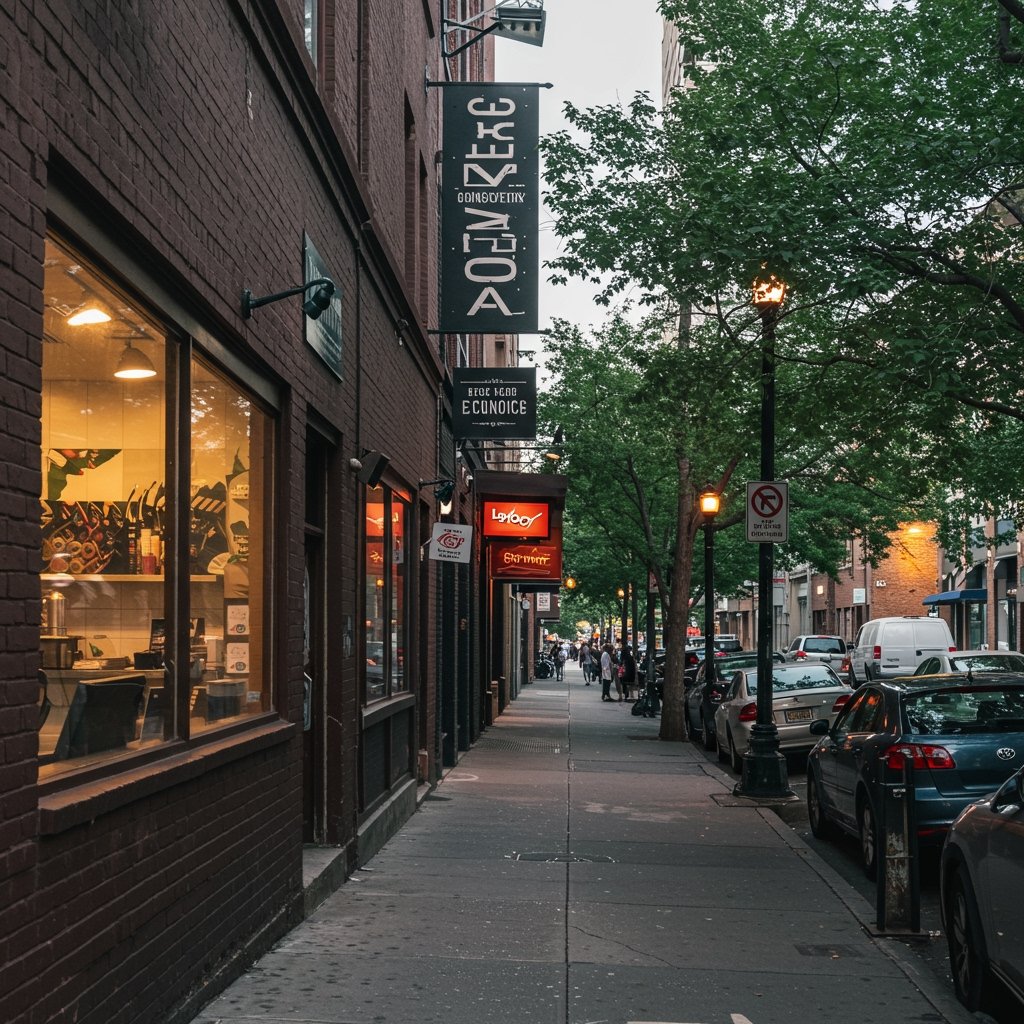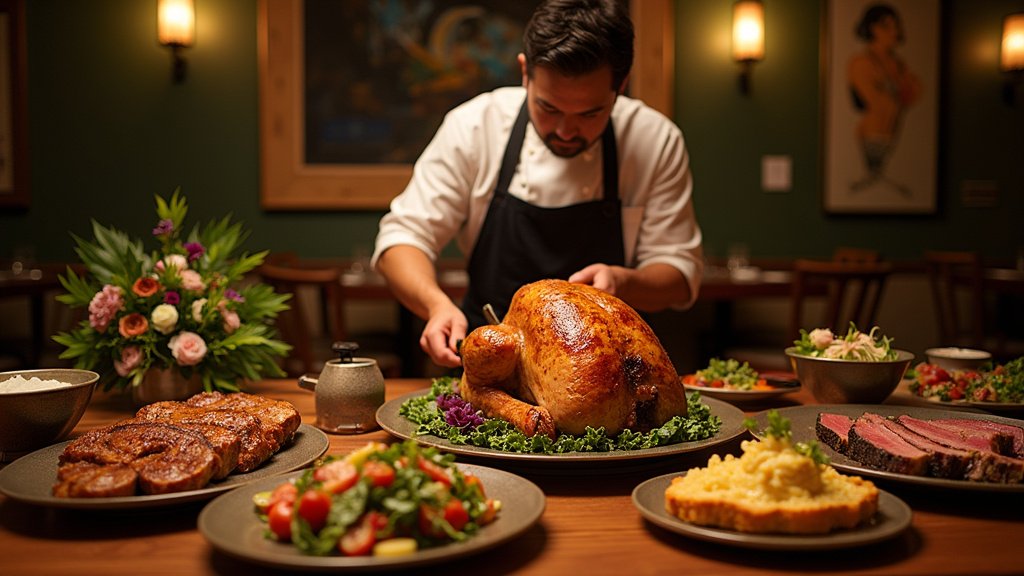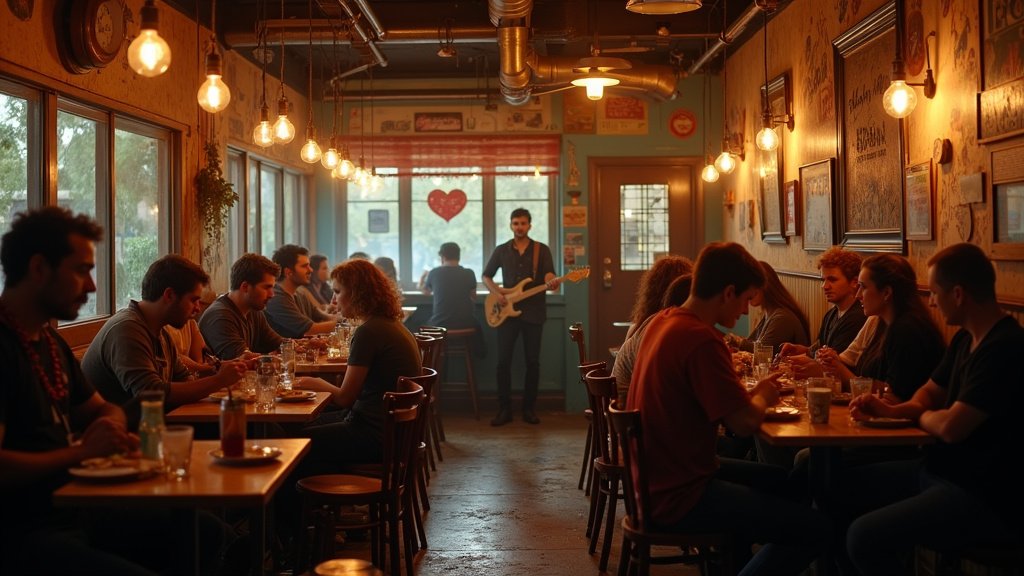Austin Restaurants Grapple with Soaring Ingredient Expenses
Austin’s reputation as a vibrant culinary destination is facing a significant test as restaurants across the city report substantial increases in the cost of key ingredients. This economic pressure is forcing chefs and owners to re-evaluate everything from menu pricing to sourcing strategies, potentially impacting the dining experience for patrons in popular areas like South Congress and Rainey Street.
The challenges stem from a confluence of factors, including ongoing global supply chain disruptions, rising fuel costs affecting transportation, increased labor expenses for suppliers, and inflationary pressures across the agricultural sector. These macroeconomic forces are translating directly into higher bills for restaurant kitchens.
Chefs Detail Specific Cost Jumps
Several prominent figures within Austin’s dynamic food scene have publicly shared their experiences with these escalating costs. Chef Elena Rodriguez, owner and executive chef of ‘The Lone Star Plate’, a beloved local establishment known for its quality meats, highlighted the dramatic impact on her bottom line. “Over just the past month,” Chef Rodriguez stated, “we’ve seen a staggering 15% jump specifically in the price of prime beef.” This significant increase in a core ingredient for ‘The Lone Star Plate’ necessitates difficult decisions.
Such rapid inflation in specific product categories leaves restaurants with limited options. Chef Rodriguez explained that absorbing the entire cost increase is unsustainable for long-term viability, particularly for independent businesses operating on thin margins. Consequently, ‘The Lone Star Plate’ has been forced to make menu adjustments. This could involve slightly increasing the price of signature beef dishes, exploring alternative cuts, or even refining portion sizes to help offset the higher raw material expense without compromising the quality their customers expect.
Simultaneously, other chefs are focusing on adapting their purchasing models to find stability in a volatile market. Chef Ben Carter of ‘Hill Country Harvest’, known for its farm-to-table philosophy, is doubling down on local partnerships. While ‘Hill Country Harvest’ has always prioritized ingredients from nearby farms, the current economic climate makes this strategy even more critical.
Chef Carter elaborated on his approach: “With the rising costs associated with long-distance transport and broader supply chain unpredictability, shifting an even greater focus towards locally sourced seasonal produce has become essential.” By relying more heavily on regional suppliers, ‘Hill Country Harvest’ aims to mitigate some of the external factors driving up costs, such as fuel price fluctuations and delays inherent in complex logistical networks. This strategy not only supports the local agricultural community but also potentially offers more price stability and freshness compared to ingredients transported over long distances.
City-Wide Impact and Collaborative Efforts
The challenges faced by ‘The Lone Star Plate’ and ‘Hill Country Harvest’ are representative of a broader trend impacting restaurants across Austin’s vibrant dining districts. Operators in high-traffic areas known for their diverse culinary offerings, such as the eclectic mix along South Congress and the bustling bar and restaurant scene on Rainey Street, are actively discussing strategies to navigate this difficult period.
Restaurant owners and managers are engaging in dialogues about potential collaborative purchasing initiatives. By pooling their buying power for common goods like cooking oils, paper products, or even certain bulk ingredients, restaurants hope to negotiate better prices from suppliers and gain some leverage in the current market. Such cooperation underscores the tight-knit nature of Austin’s culinary community, coming together to face shared economic headwinds.
The most direct impact on consumers is likely to be felt through menu pricing. Restaurant owners city-wide are reporting that, despite efforts to absorb costs and adjust sourcing, some level of price increase is becoming unavoidable to maintain profitability and continue offering quality food and service. Discussions suggest potential price increases averaging between 5% and 8% across menus in the coming months.
This average increase reflects a careful balancing act. Restaurants are acutely aware of consumer sensitivity to price and are striving to implement adjustments responsibly, avoiding drastic hikes that could deter diners. The 5-8% range is seen by many as a necessary measure to cover the significant spikes in ingredient costs reported by chefs like Rodriguez and Carter, while still attempting to offer value.
Navigating the Future
The current economic climate presents a test of resilience for Austin’s food scene. Beyond ingredient costs, restaurants are also contending with ongoing labor challenges and the need to invest in safe and efficient operations.
Chefs and owners are exploring various creative solutions. This includes menu engineering to highlight less-expensive but equally delicious ingredients, optimizing kitchen efficiency to reduce waste, and seeking out alternative suppliers. The emphasis on seasonal and local ingredients, as exemplified by Chef Carter, is likely to become more prevalent across the city.
Ultimately, the ability of Austin’s restaurants to adapt will determine the future landscape of its renowned dining scene. While diners may see some menu price adjustments, the focus remains on preserving the quality and innovative spirit that has made Austin a top destination for food lovers. The collaborative efforts and strategic shifts underway demonstrate the determination of the city’s culinary professionals to weather the storm and continue serving the community.






